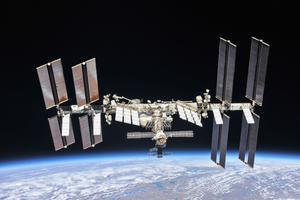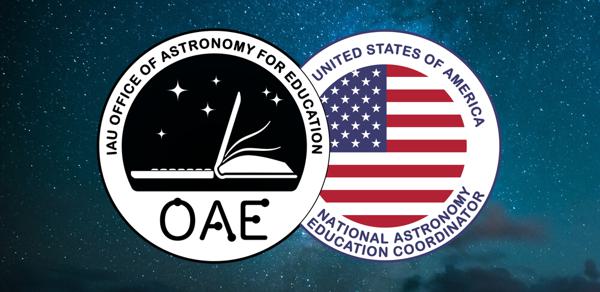Glossarbegriffe: Raumstation
Description: Eine Raumstation ist ein Raumfahrzeug, das sich über einen längeren Zeitraum in einer Umlaufbahn befindet und es Menschen ermöglicht, sich lange Zeit im Weltraum aufzuhalten. Insbesondere bietet eine Raumstation geeignete Lebensbedingungen, von atembarer Luft bis hin zu einer geregelten Temperatur. Bislang waren alle Raumstationen auf regelmäßige Lieferungen von Lebensmitteln und Wasser von der Erde angewiesen. Bisherige Raumstationen befanden oder befinden sich in niedrigen Erdumlaufbahnen, wobei die Internationale Raumstation in einer Höhe von etwa 420 Kilometern über dem Meeresspiegel die Erde umkreist. Eine Raumstation in der Umlaufbahn befindet sich im freien Fall, wobei die Astronauten, die Ausrüstung und die Raumstation alle der gleichen Beschleunigung durch die Erdanziehung ausgesetzt sind. Da die Astronauten und die Ausrüstung in der Raumstation mit der gleichen Stärke und Richtung beschleunigt werden wie ihre Umgebung in der Raumstation, erleben sie ein Gefühl der Schwerelosigkeit, obwohl sie nicht wirklich schwerelos sind. Dieses Gefühl wird oft als Mikrogravitation bezeichnet. Diese Bezeichnung kann verwirrend sein, da die Anziehungskraft der Erde auf die Raumstation, die Astronauten und die Ausrüstung immer noch erheblich ist. Raumstationen werden in erster Linie zu Forschungszwecken genutzt, insbesondere zur Erforschung der Auswirkungen der Mikrogravitation auf den Menschen; dies ist eine wichtige Vorbereitung für weitere Phasen der Weltraumforschung.
Zugehörige Glossarbegriffe:
See this term in other languages
Term and definition status: The original definition of this term in English have been approved by a research astronomer and a teacher The translation of this term and its definition is still awaiting approval
The OAE Multilingual Glossary is a project of the IAU Office of Astronomy for Education (OAE) in collaboration with the IAU Office of Astronomy Outreach (OAO). The terms and definitions were chosen, written and reviewed by a collective effort from the OAE, the OAE Centers and Nodes, the OAE National Astronomy Education Coordinators (NAECs) and other volunteers. You can find a full list of credits here. All glossary terms and their definitions are released under a Creative Commons CC BY-4.0 license and should be credited to "IAU OAE".
If you notice a factual or translation error in this glossary term or definition then please get in touch.
Zugehörige Medien
International Space Station
Bildnachweis: NASA credit link
License: PD Public Domain icons









